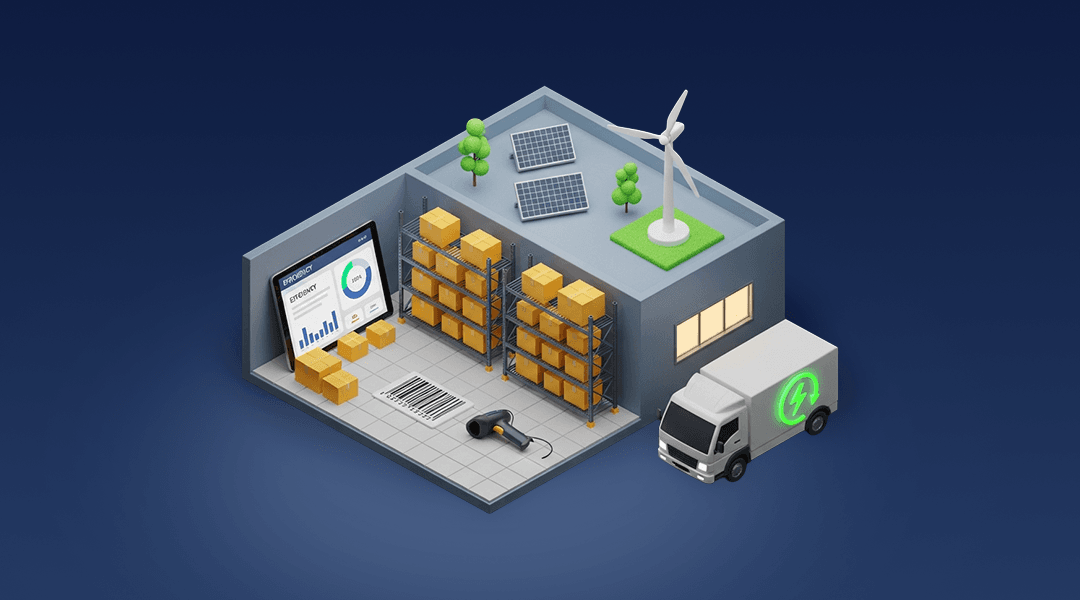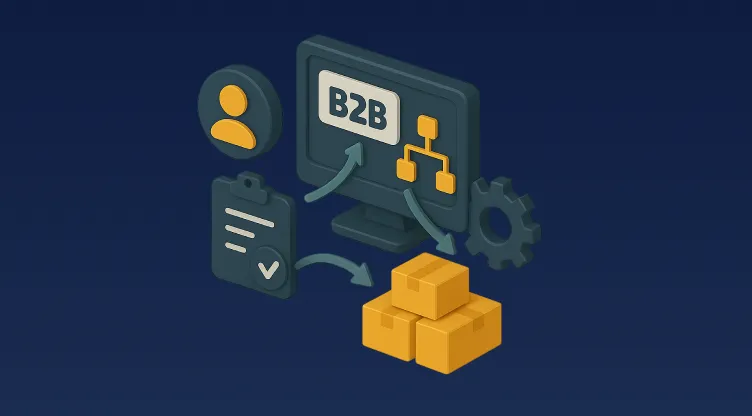Shipping Partner Integration: How to Choose Carriers, Compare Rates, and Set Up a Winning Multi-Carrier Strategy

Table of Contents
Why Shipping Integration Matters More Than Ever
Today’s consumers, especially across the MENA region, are not just asking for deliveries; they are demanding faster, cheaper, and more reliable ones.
With express delivery becoming the norm, and order fulfilment expectations rising, businesses must rethink their shipping strategies.
The solution lies in shipping partner integration: building smooth connections between your sales channels, warehouse management, and courier services to deliver better experiences.
Without the right courier network and system in place, even the most well-stocked inventory can turn into delayed or failed deliveries.
Fast Lane: Quick Summary for Busy Readers
Parcel Pulse Box 📦
- Integrating multiple carriers spreads risk and enhances service reliability.
- Regularly comparing shipping rates protects margins and keeps customers happy.
- Shipping automation streamlines the entire fulfilment process.
- Real-time integrations improve tracking and communication across order stages.
- A strong multi-carrier strategy boosts scalability without raising operational chaos.
Understanding Shipping Partner Integration
At its simplest, shipping partner integration means connecting your online store or warehouse directly to your shipping providers through software.
Instead of manually booking each shipment, your orders automatically push through to the courier system, generating tracking numbers, labels, and status updates without delay.
For companies scaling fast across Saudi Arabia, UAE, Egypt, or the wider GCC, such automation is not a luxury. It’s a survival strategy.
Why Choosing the Right Shipping Partner is Crucial
Shipping is no longer a backend operation. It now shapes:
- Customer Experience: Fast, accurate deliveries influence brand loyalty.
- Profitability: Delivery costs can make or break margin targets.
- Operational Agility: Integrated shipping gives businesses flexibility to pivot quickly.
In the MENA market, this also means handling complex customs processes, cash-on-delivery options, and regional delivery nuances.
Having the wrong carrier—or poor integration—leads to missed SLAs, unhappy customers, and revenue loss.
How to Evaluate Shipping Carriers Effectively
Service Coverage
- Can they handle both local express delivery and international courier service?
- Do they serve remote towns as well as major cities like Riyadh or Dubai?
Delivery Speed Options
- Same-day, next-day, standard delivery — the more options, the better.
- Specialist services for hyperlocal, perishables, or bulk shipping.
Shipping Rates and Fee Transparency
- Clear base prices without hidden fuel or handling surcharges.
- Discounts for volume, loyalty, or off-peak shipping.
Technology Capabilities
- APIs that integrate seamlessly with your order management system.
- Real-time tracking updates and status synchronisation.
- Automatic Air Waybill (AWB) generation.
Customer Support and Reputation
- How fast do they resolve delivery disputes?
- Are they equipped to support multilingual customer service (Arabic and English)?
The Power of Multi-Carrier Shipping
Depending on a single courier is risky in today's market.
Multi-carrier shipping allows businesses to:
- Select the fastest, cheapest, or most reliable service per order.
- Prevent total shutdowns if one courier faces delays or strikes.
- Optimise last-mile delivery based on the destination and package size.
- Increase negotiation power over shipping rates.
This is especially valuable in the MENA region where logistics landscapes vary widely between urban hubs and rural areas.
Setting Up a Future-Proof Multi-Carrier Shipping Strategy
Step 1: Choose the Right Shipping Software
Use a platform that offers multi-carrier support, like Omniful, which seamlessly connects to over 100 providers.
Step 2: Automate Carrier Selection with Smart Rules
Rather than manually choosing carriers, set automation rules:
- Cheapest available service.
- Fastest possible delivery.
- Preferred carrier for specific countries or regions.
- Carrier chosen based on parcel weight or size.
Step 3: Ensure Real-Time Data Synchronisation
Your order, inventory, and shipping systems must talk to each other:
- Update tracking numbers immediately to sales channels.
- Adjust stock levels as orders ship.
- Notify customers automatically at each step.
Step 4: Prepare for Scalability
Your shipping system should:
- Handle seasonal volume spikes without breaking.
- Allow the easy addition of new shipping partners.
- Support COD flows, reverse logistics, and returns management natively.
Real-Life Example: Shipping Excellence in the MENA Region
Case Study: How Laverne Group Transformed Delivery Times
Laverne, managing eight lifestyle brands across Saudi Arabia, faced huge fulfilment challenges using third-party couriers.
By integrating their systems directly with multiple carriers via Omniful, they:
- Reduced order-to-delivery times in Riyadh from 4–6 days to under 3 hours.
- Achieved 100% order and inventory accuracy.
- Cut 3PL fulfilment costs by switching to an in-house, tech-enabled solution.
Common Challenges in Shipping Partner Integration (And How to Beat Them)
Data Disconnection
Without real-time updates, customers get frustrated.
Solution: Ensure deep API-level integration across all sales and logistics channels.
Cost Complexity
Shipping rates vary wildly, leading to pricing errors.
Solution: Use real-time rate fetching tools and automatic rate comparison engines.
Carrier Underperformance
Sometimes even a trusted courier underdelivers.
Solution: Monitor carrier KPIs monthly and dynamically adjust shipping preferences.
Limited Regional Knowledge
Certain carriers excel in some countries but not others.
Solution: Maintain a diverse carrier portfolio based on geography.
Why Shipping Automation is the Future
Shipping automation is not just about speed. It ensures:
- Lower operational costs by reducing manual tasks.
- Better customer communication with proactive alerts.
- Enhanced order tracking across the entire journey.
- Dynamic routing for last-mile delivery, optimising both speed and cost.
MENA businesses that adopt shipping automation today are better placed to dominate regional and international markets tomorrow.
Final Thoughts: Turn Your Shipping into a Growth Engine
Shipping is no longer just a post-purchase formality.
It is a direct extension of your brand’s promise.
By integrating the right shipping partners, comparing rates proactively, and building a robust multi-carrier system, you can:
- Delight your customers consistently.
- Protect and grow your margins.
- Expand confidently across borders.
And remember: success in logistics often comes down to choosing technology that scales with you — not against you.
FAQs
What is the advantage of multi-carrier shipping?
It ensures better coverage, optimises costs, and increases reliability by offering multiple options for each delivery.
Can I manage COD and express delivery through integrated shipping systems?
Yes. Systems like Omniful support cash-on-delivery and priority shipping services through direct carrier integrations.
How often should I compare shipping rates?
Ideally every quarter, or whenever you enter new markets, to ensure you're getting the best deals.
Does shipping automation affect customer satisfaction?
Absolutely. Customers today expect proactive updates and on-time deliveries, both enabled by strong automation.
Is shipping integration expensive to set up?
The right platforms offer scalable plans, meaning you only pay for what you use, making it affordable for growing businesses.























